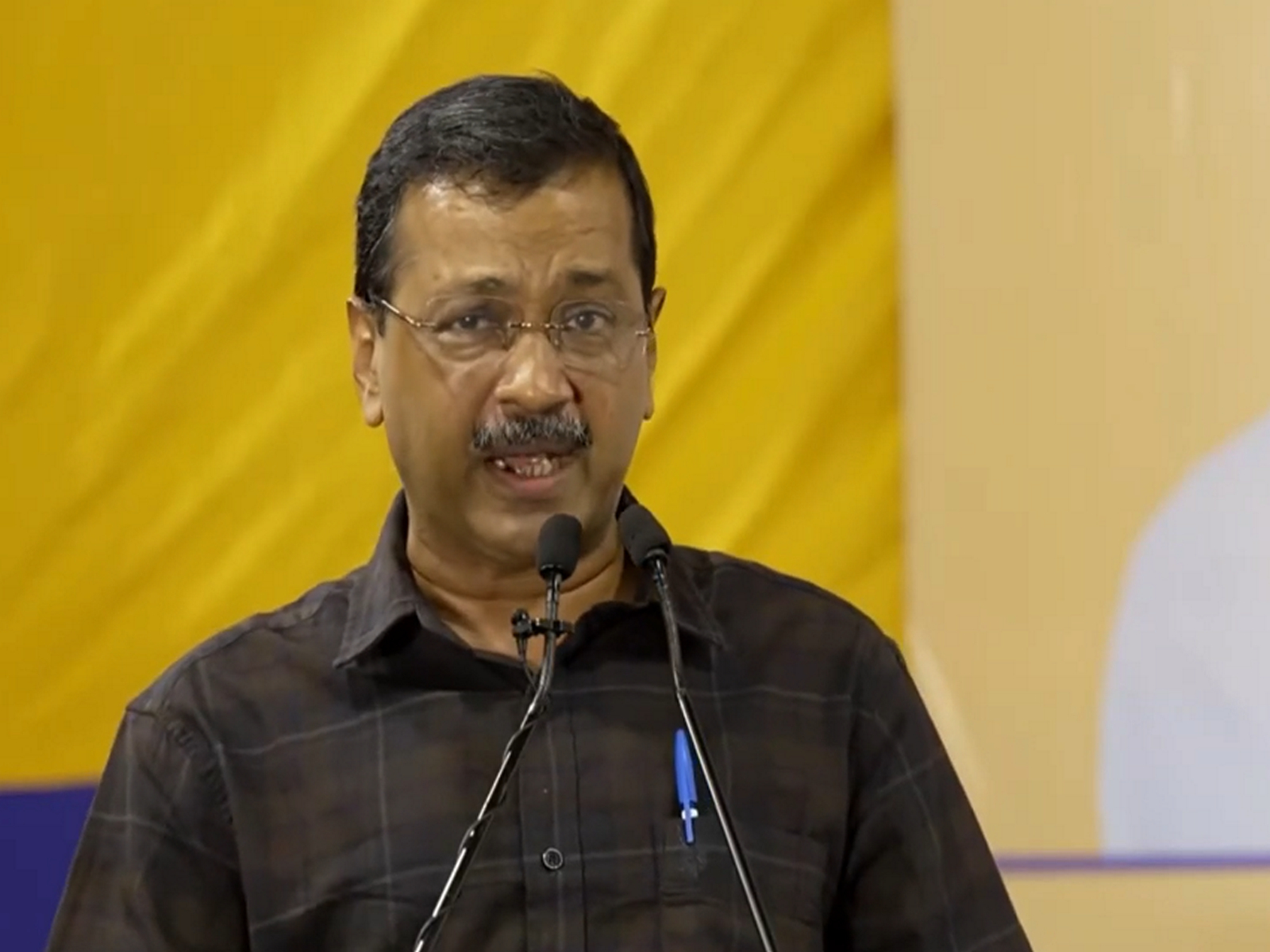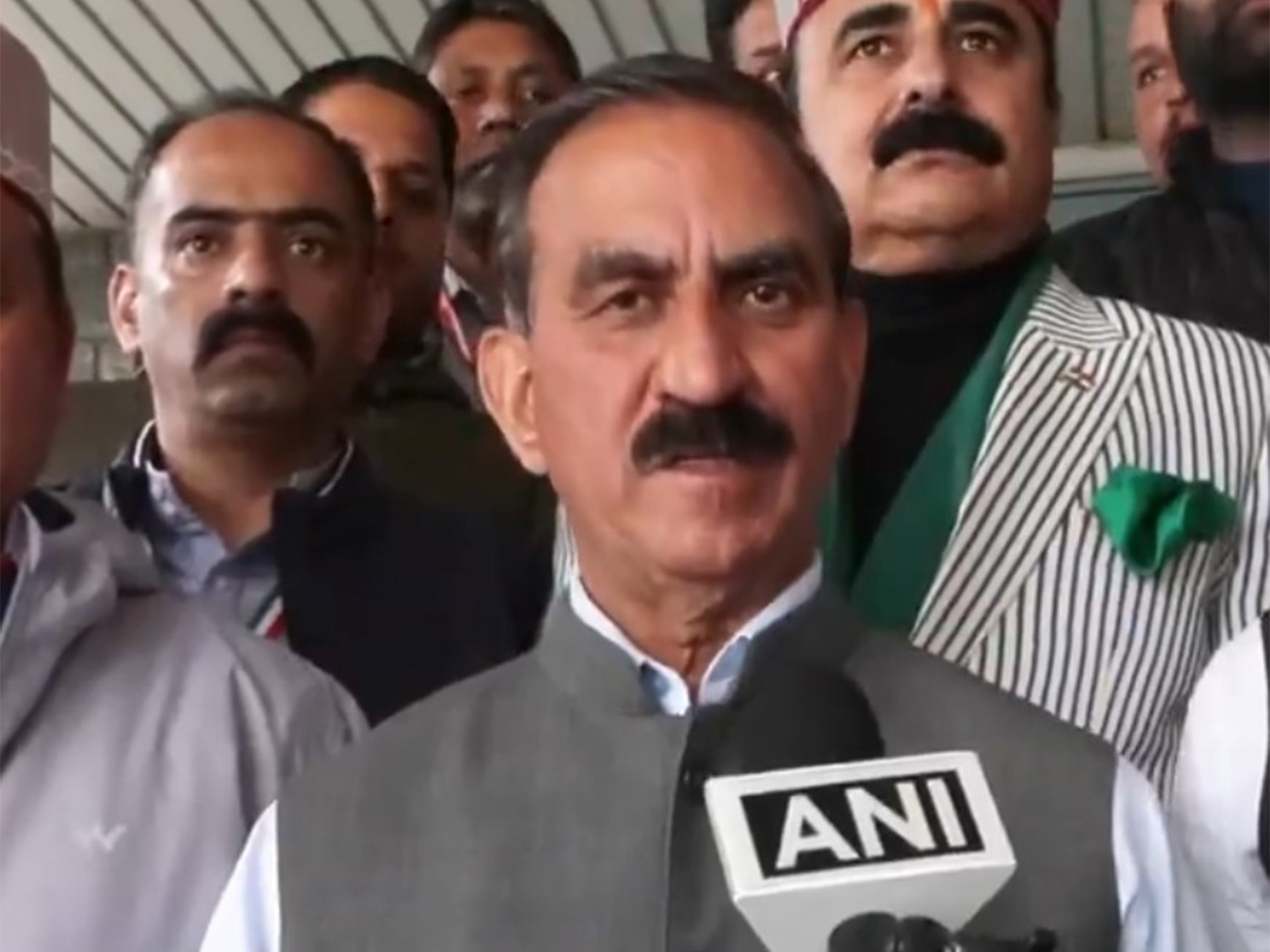Have never seen affordable housing better than it is today in India: HDFC's Deepak Parekh
Feb 17, 2022

New Delhi [India], February 17 : Chairman of Housing Development Finance Corporation (HDFC) Deepak Parekh on Thursday reaffirmed his earlier position that he has never seen affordable housing with such low-interest rates better than it is in the current real estate market.
"Around 3 months ago on a public platform, I had said that in over 50 years of my life, I have not seen housing affordability better than where it is today in India," said Parekh while addressing CII Real Estate Confluence.
"I have not seen such easy liquidity conditions and interest rates at such low levels, and I have not seen such a burning desire to be a homeowner than in these current times," he added.
Parekh in his address claimed that at the start of the COVID-19 pandemic, some segments of the real estate sector were already reeling from the NBFC driven liquidity crisis.
"Reflecting on the state of the housing and real estate sector today, to my mind, this sector has demonstrated remarkable resilience," he said.
"The stronger players in the real estate sector have increased their market share, there has been greater consolidation which was much needed, deleveraging has happened across Corporate India, including in real estate companies, unsold inventory levels have come down, and niche and stressed assets funds are seeing increasing opportunities in India and recent regulations by the capital markets regulator on Special Situations Funds too are favourable towards this end," Parekh said.
Comparing the situation in western countries, the HDFC chief said, "One has seen housing prices run-up during the pandemic there. Part of this problem is that new supply has not kept pace and a large number of housing transactions were pure investment or speculative driven, which led to a spiralling of prices, leaving out those who genuinely need homes to live in."
"China, on the other hand, continues to battle with issues of oversupply and over-leveraged developers even though the regulators have now started easing restrictions to encourage banks to lend more to developers and speed up mortgage approvals," he added.
"China through its 'common prosperity' agenda is now placing affordable housing and public rental housing as its core focus rather than luxury housing seen earlier. Yet, its housing markets are still overheated," he said.
Comparing it with India, Parekh was of the opinion that demand for housing has come from genuine homebuyers, not speculators. Home prices have stayed fairly stable, low-interest rates have helped and the real estate sector has already self-corrected and recovered from its previous down-cycle. Peaks and troughs of each housing market cycle typically entail a duration of 6 to 8 years. In short, the Indian real estate market is on an upward cycle, which bodes well for us.
Parekh said that the big star of the real estate sector continues to remain residential housing. "I hardly need to reiterate that the demand for housing in India continues to remain extremely robust," he said.
The greatest mark of confidence has been the strong pipeline of new launches, surpassing pre-pandemic levels. The demand for housing continues to be from both, first-time homeowners as well as those moving up the property ladder - generally into larger homes or houses in other locations.
Undisputedly what's staying is India's strong demand for housing, but two things are going to change. The first is prop-tech which is changing the real estate landscape. Construction technology is at an exciting juncture with 3D printing, Building Information Modelling, Pre-cast construction technologies amongst others. Don't underestimate the power of India's startups and even home improvement technologies are going to see a lot more innovation going forward. So keep up with emerging tech.
The second aspect that calls for increased focus is ESG. All incremental funding is perforce going to have ESG covenants embedded in it. It is important that the construction sector in India stays ahead of the curve especially on working towards a lower carbon footprint and reduced emissions. The sector has to be able to demonstrate greater efforts towards increasing the stock of green buildings.
















